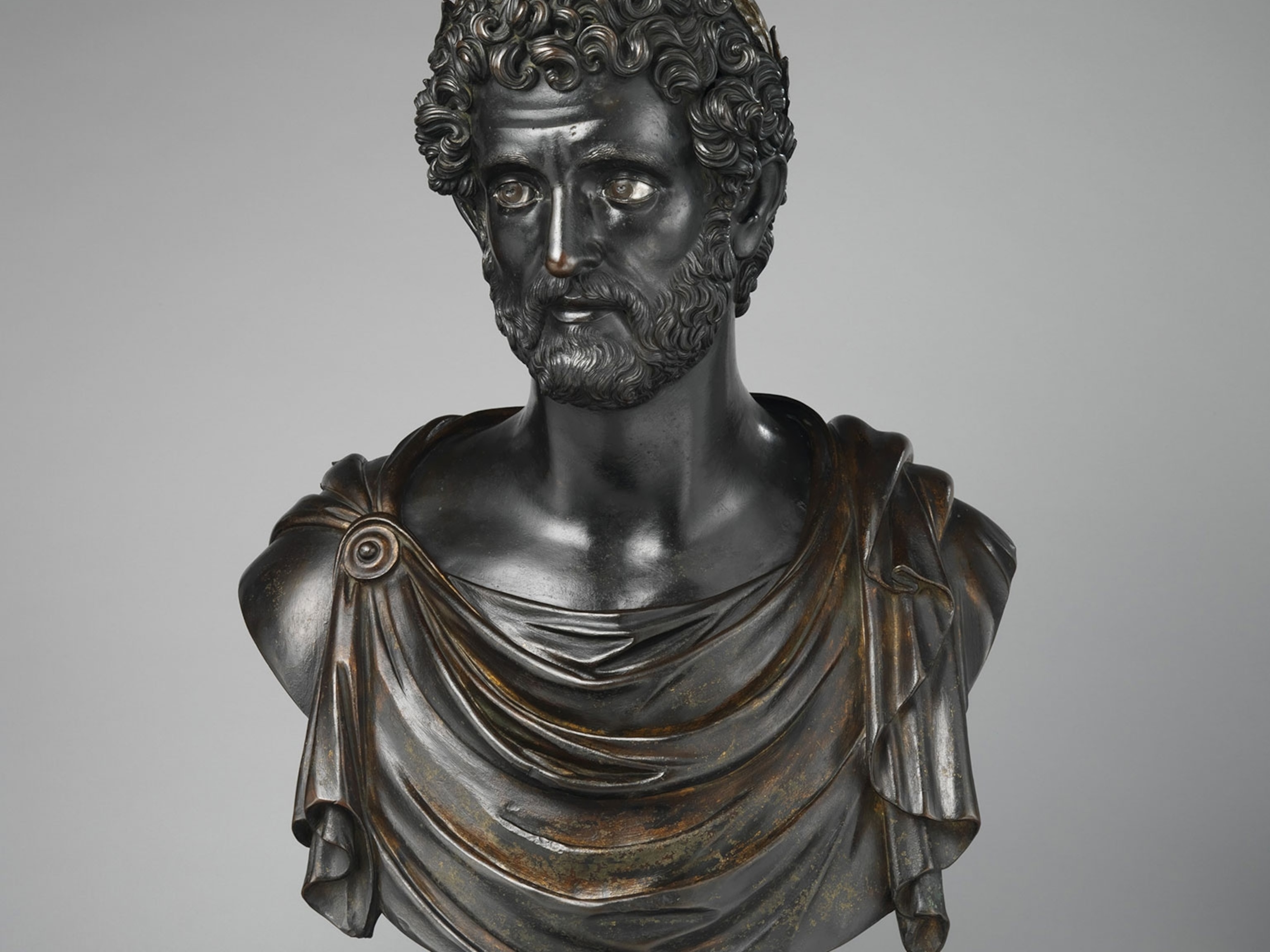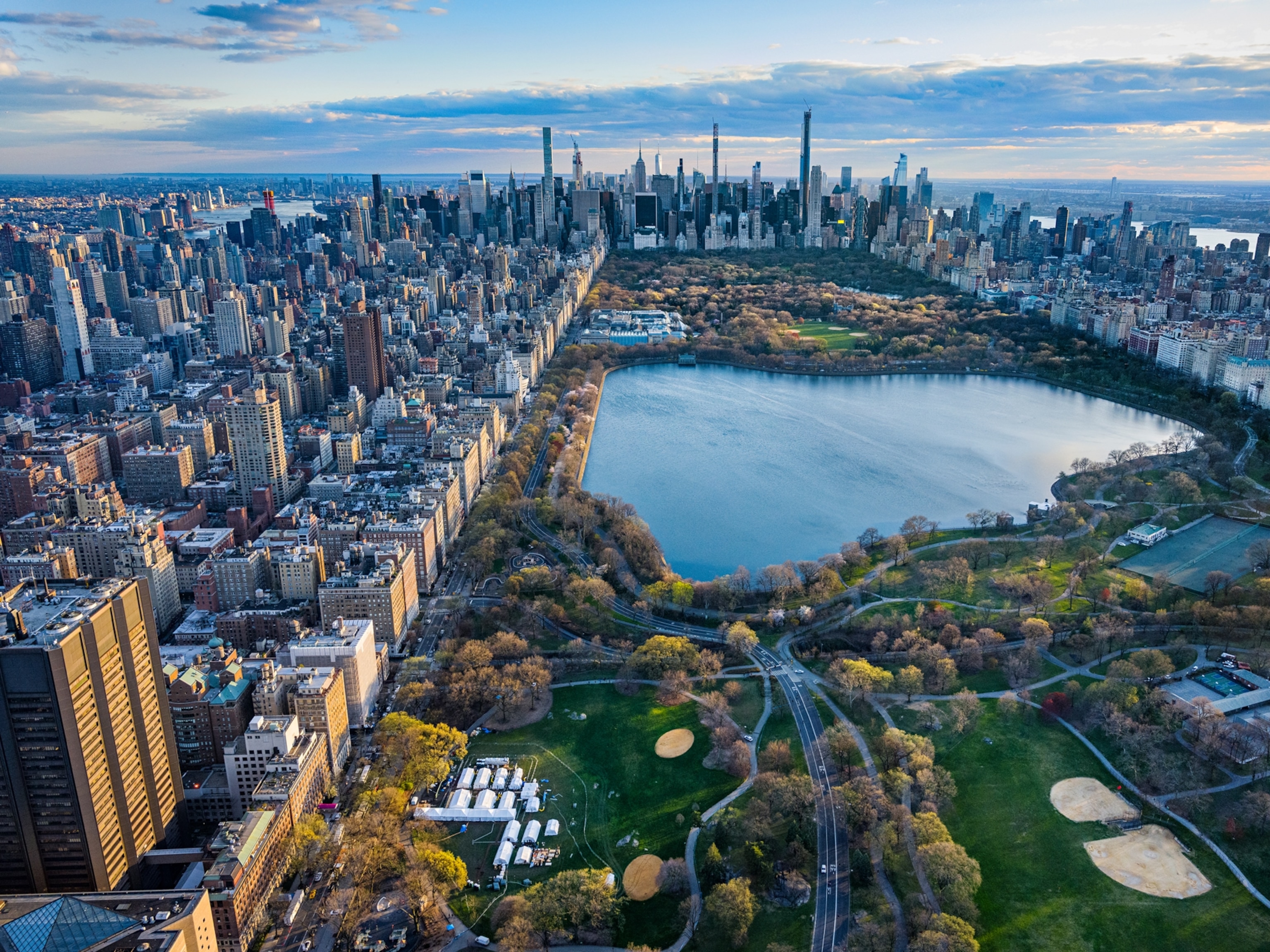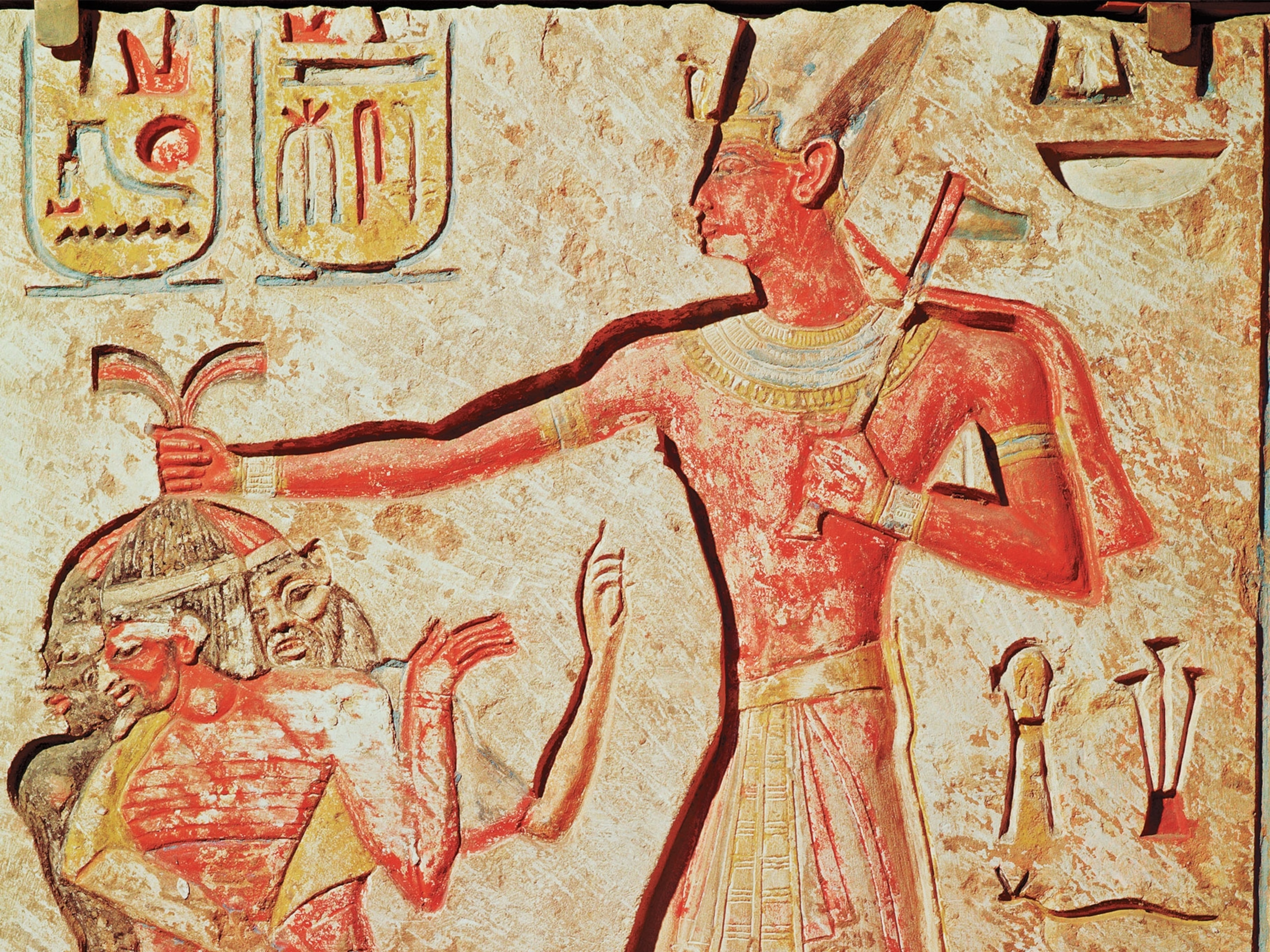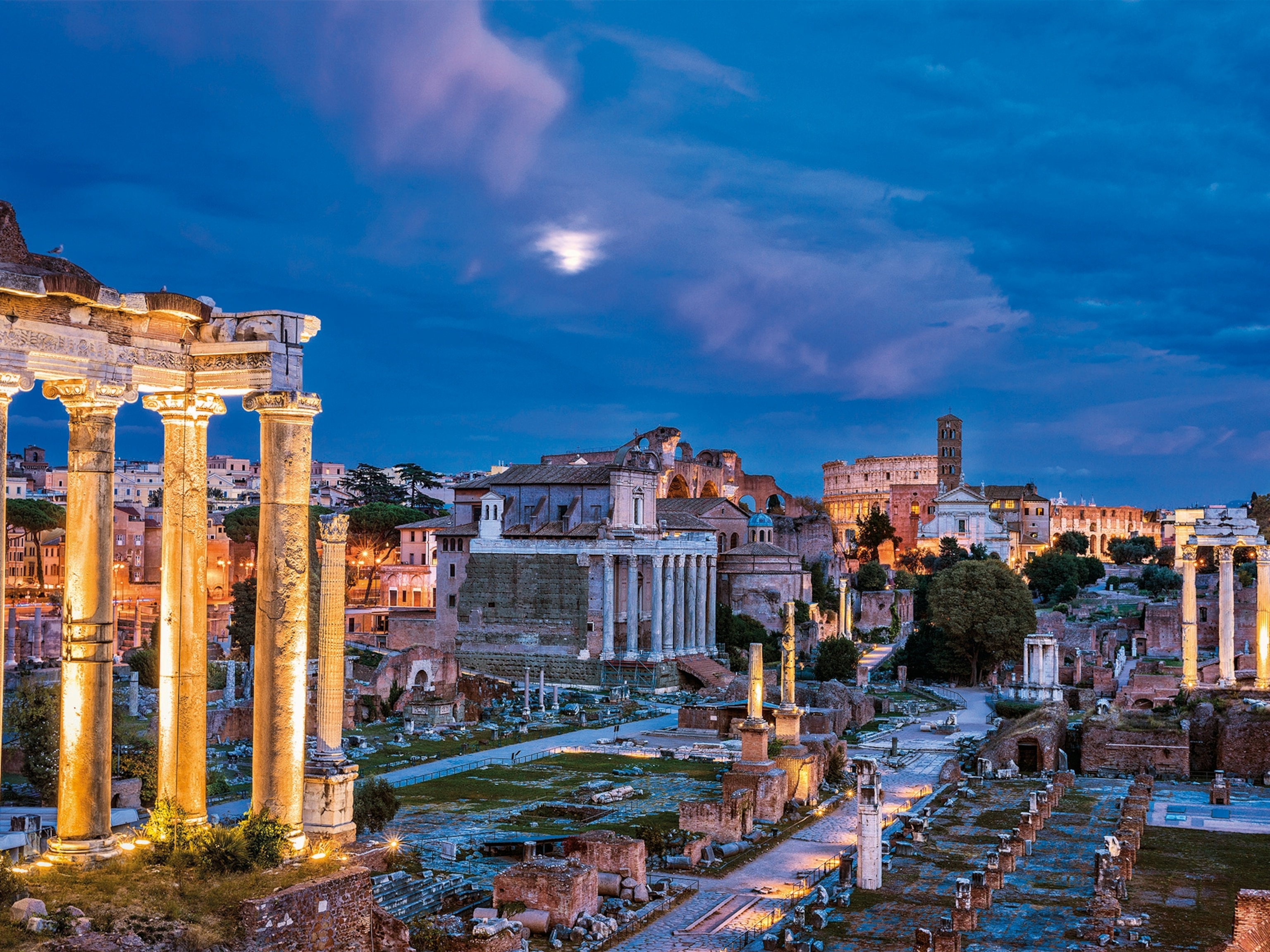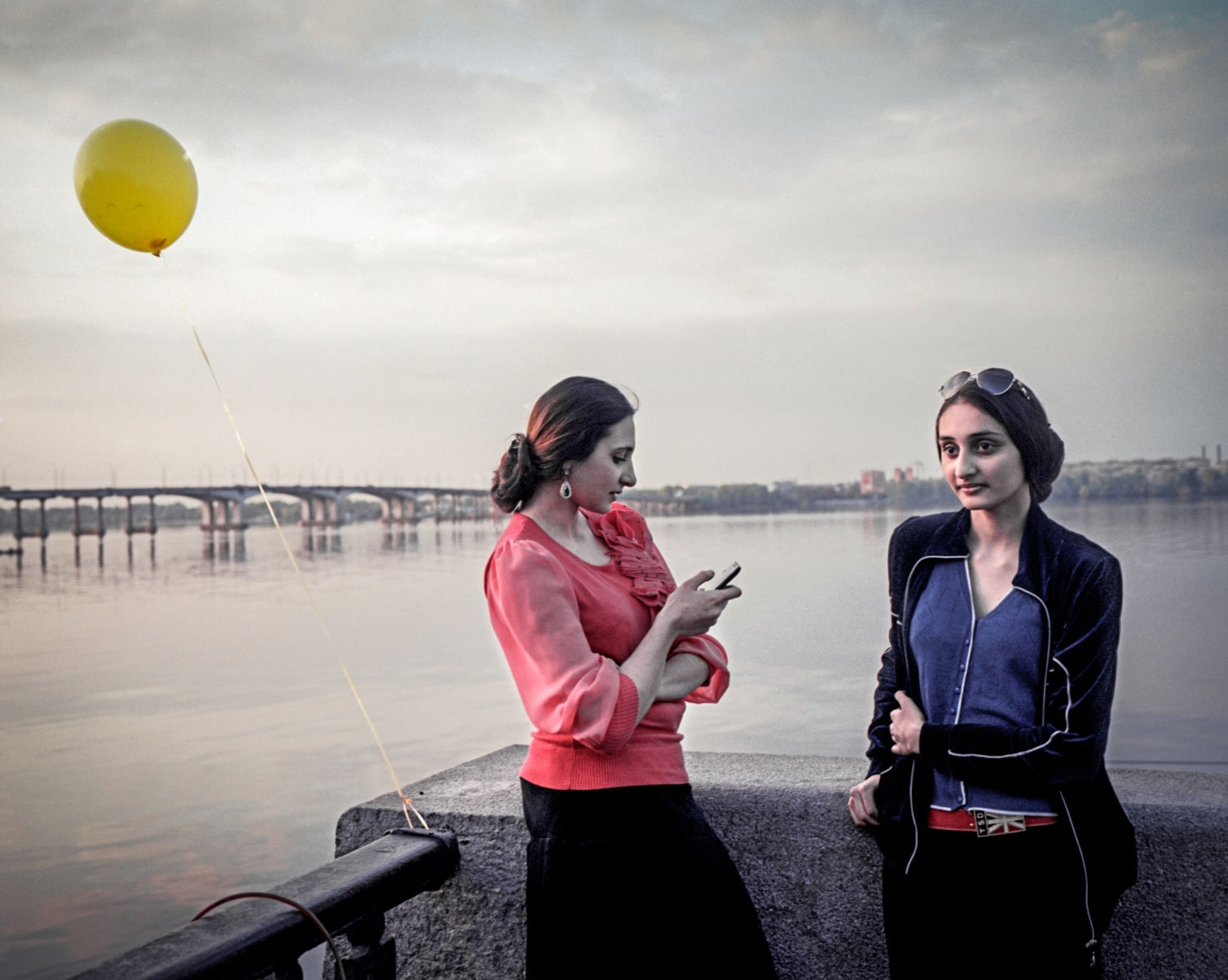
Dreamy Photographs of a Divided Country
With the Dnieper River as her muse, a photographer explores visions of modern Ukraine.
The Dnieper is the main river in Ukraine, flowing through the length of the country and into the Black Sea. For some Ukrainians, the river is a symbol of statehood and national identity. For others, it’s a place to gather, swim, and spend time with family and friends. And for photographer Justyna Mielnikiewicz, it’s a metaphor for modern Ukraine, a country split along historical and ideological divides: on one side, those aligned with the pro-Western ideas of democracy and on the other, those aligned with Russia.
Mielnikiewicz, who is based in Georgia, has been documenting former Soviet republics for the past 12 years. The seeds of her project, "A Ukraine Runs Through It” began in 2008 while she was photographing in Crimea. Over time she had observed a familiar set of dynamics unfolding between Russia and its former Soviet republics, clashes based on two different versions of history, and she wanted to learn more about how this might manifest itself in Ukraine.

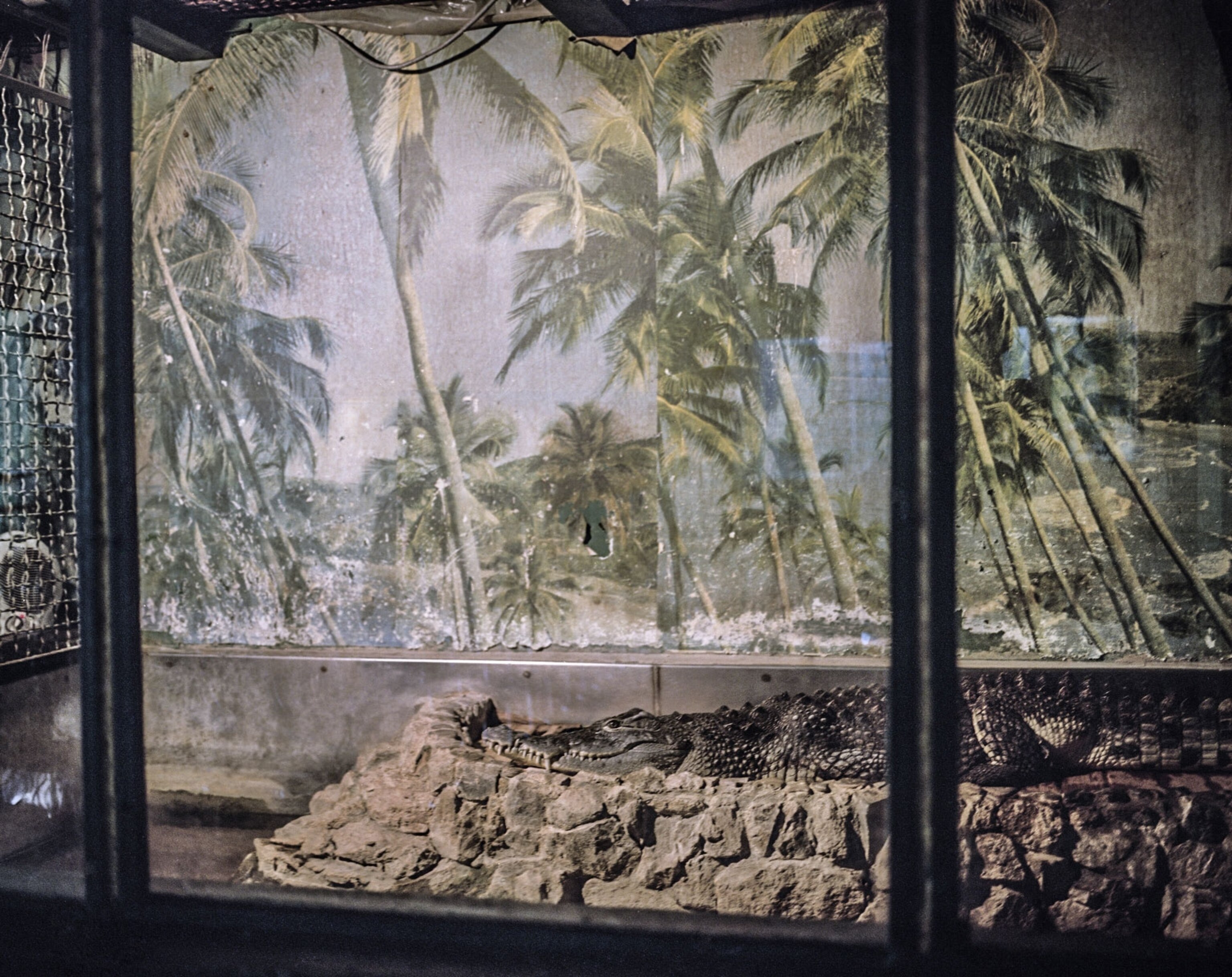
She arrived in the capital city of Kiev in February 2014, just as the violent Euromaidan protests in favor of closer ties with Europe were ending. She witnessed the initial enthusiasm following the success of the protesters in bringing about a regime change. Then she watched this slowly turn into a struggle for survival when conflict broke out in the eastern Donbass region a few months later between pro-Russian separatists and the Ukrainian army. The conflict continues to dominate the political landscape, Mielnikiewicz says, with about 7 percent of the country now controlled by the separatists and, despite two ceasefires, skirmishes still happening along the borders.
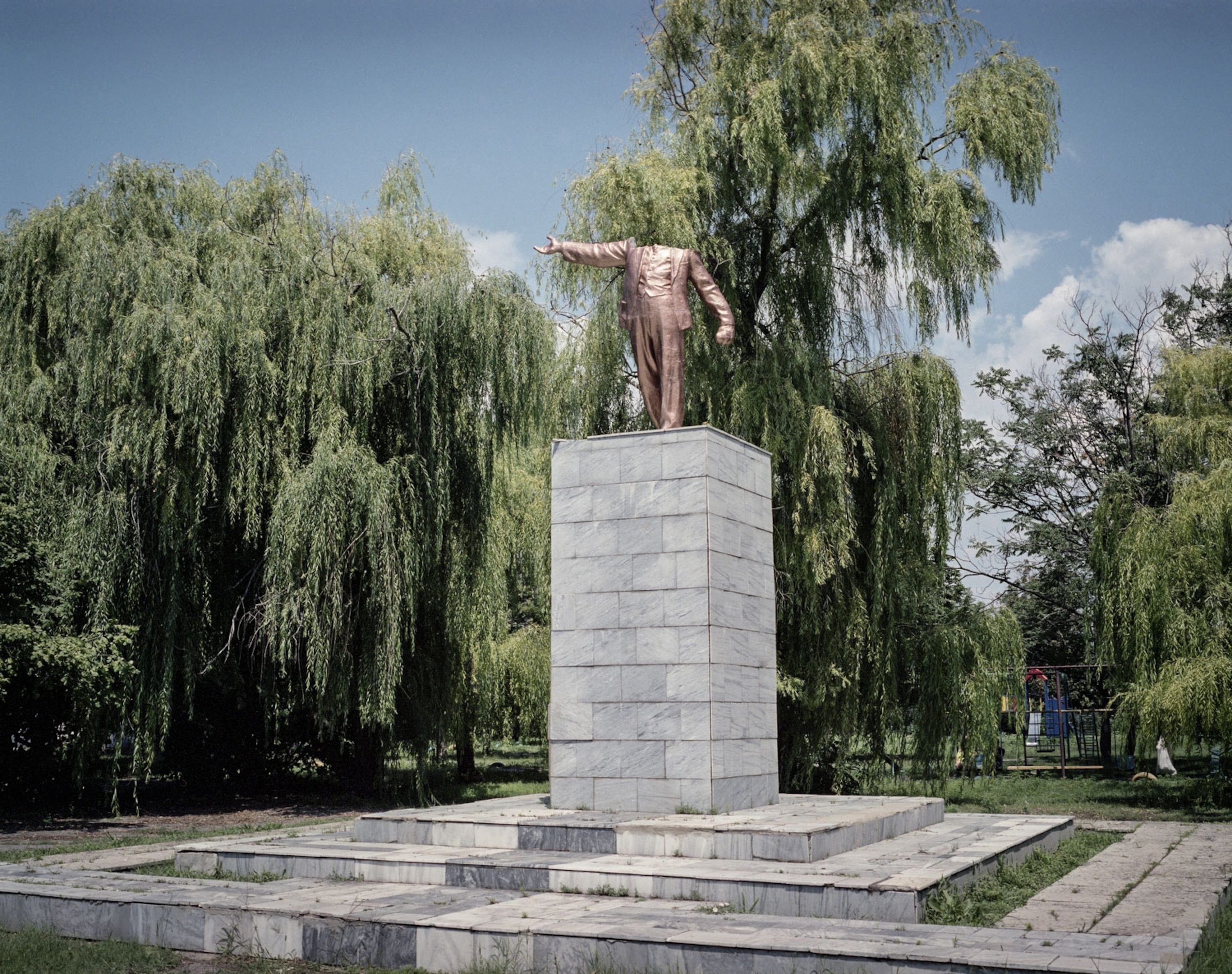

Her story about the country inadvertently also became one about war—about internally displaced people (IDPs) and ordinary civilians who dropped their former lives in service of keeping the country afloat: a former businessman turned police chief, a hairdresser turned soldier then city councilwoman, a tourism manager turned hospital volunteer.
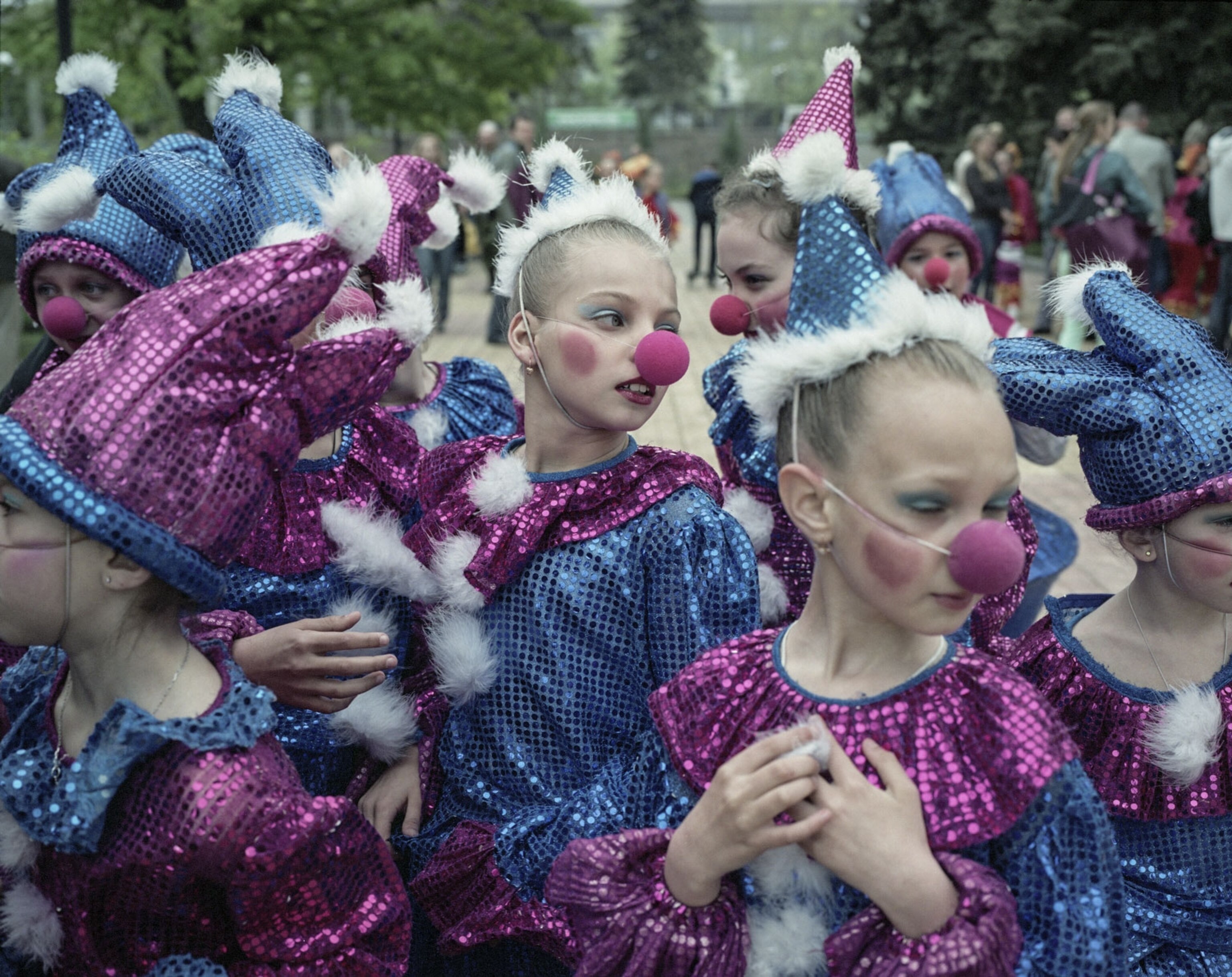
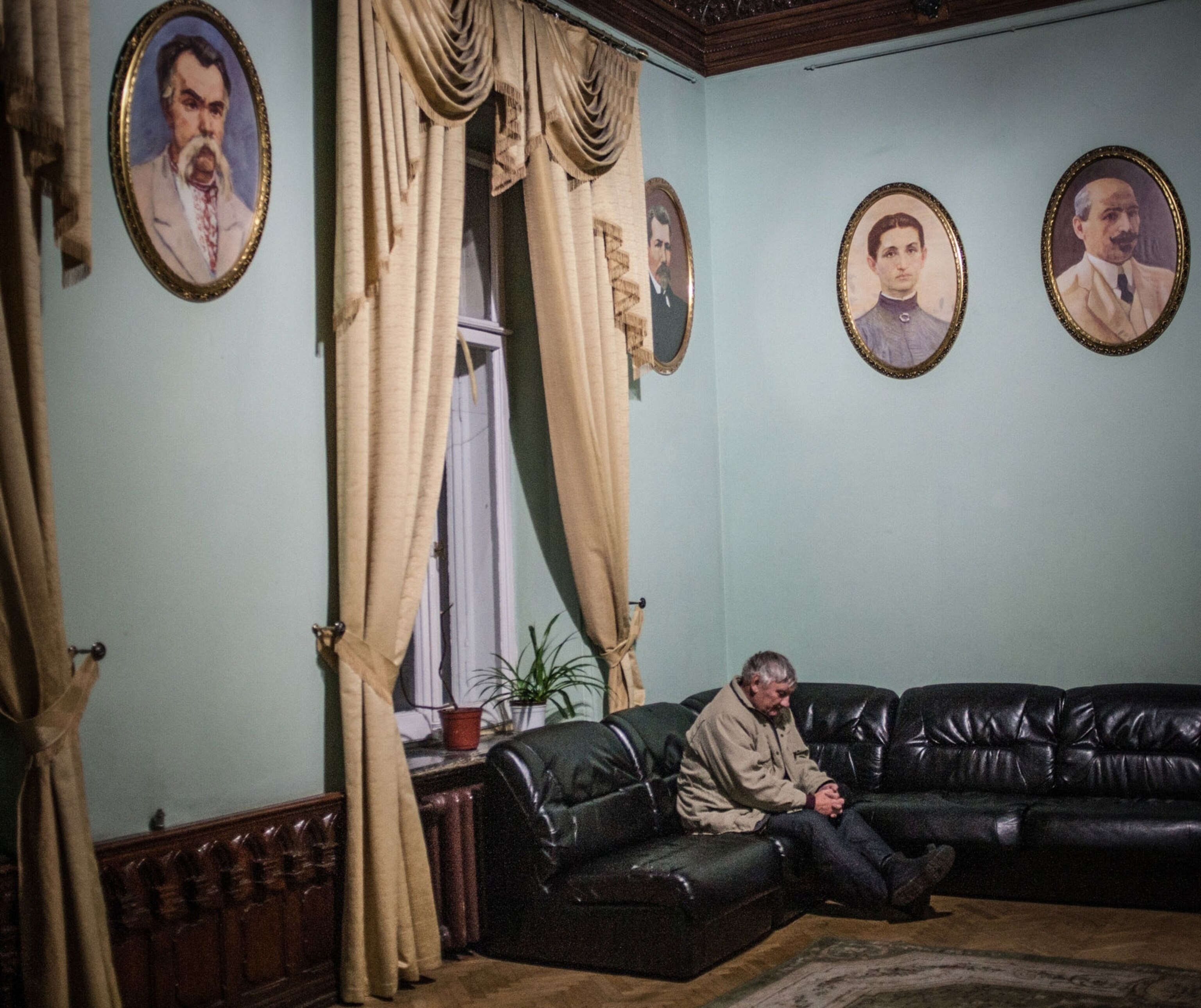
Mielnikiewicz describes her approach to personal projects—deconstructing a story so she can then put the pieces back together—as “epic.” She’s steeped herself in Ukrainian history, news, politics, and culture as a way to understand the complexities of the country in post-Soviet times and hopefully reflect it back in a way that helps people see what they might not otherwise see.
“For me photography is a way to explore the world,” she says. “Some people study history [or] ethnography; they pick up professions which take them around the world and help them explore it this way. I pick photography as my tool. I pick up some region or issue which arouses my interest and set on the journey to explore it with [my] camera.”
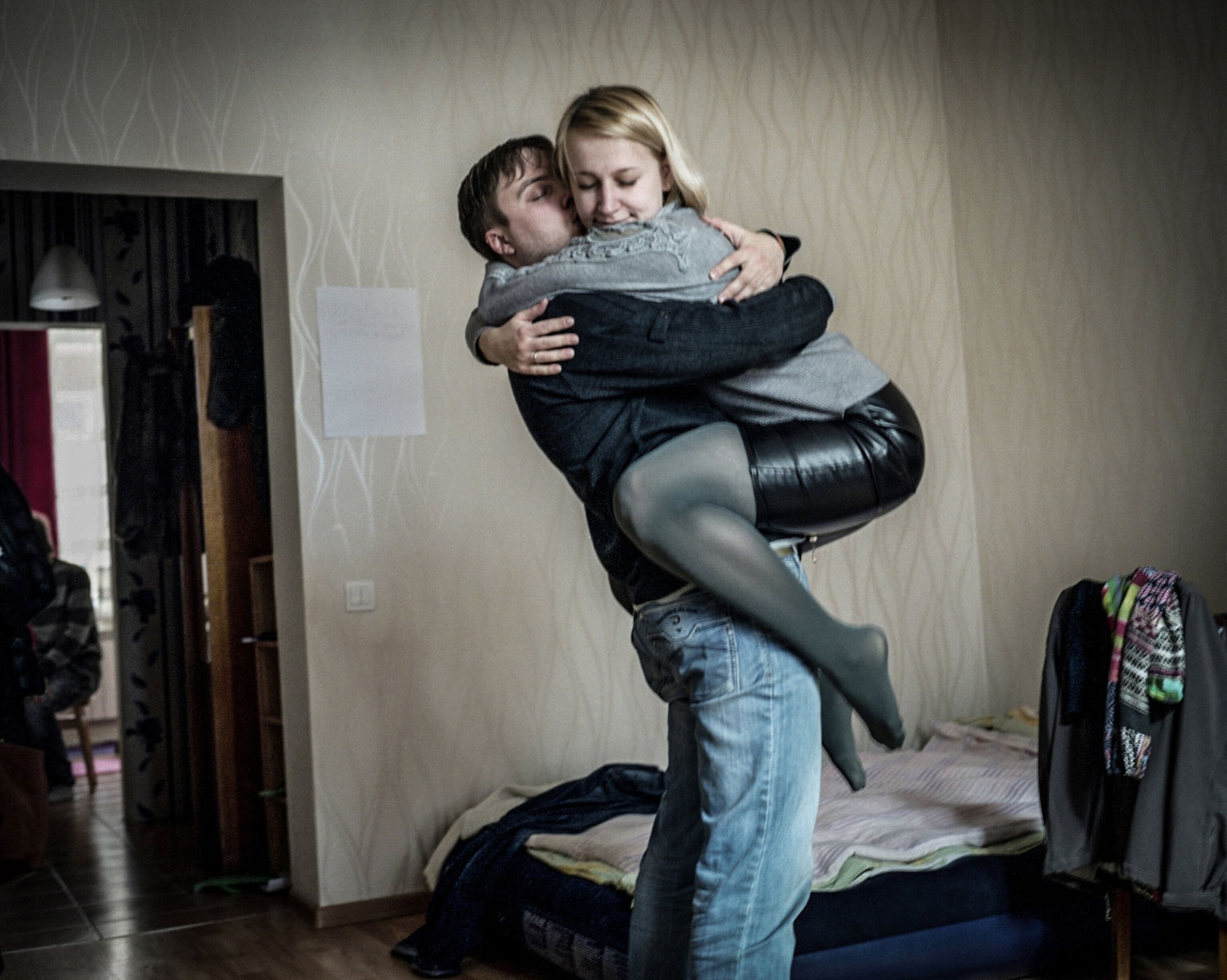
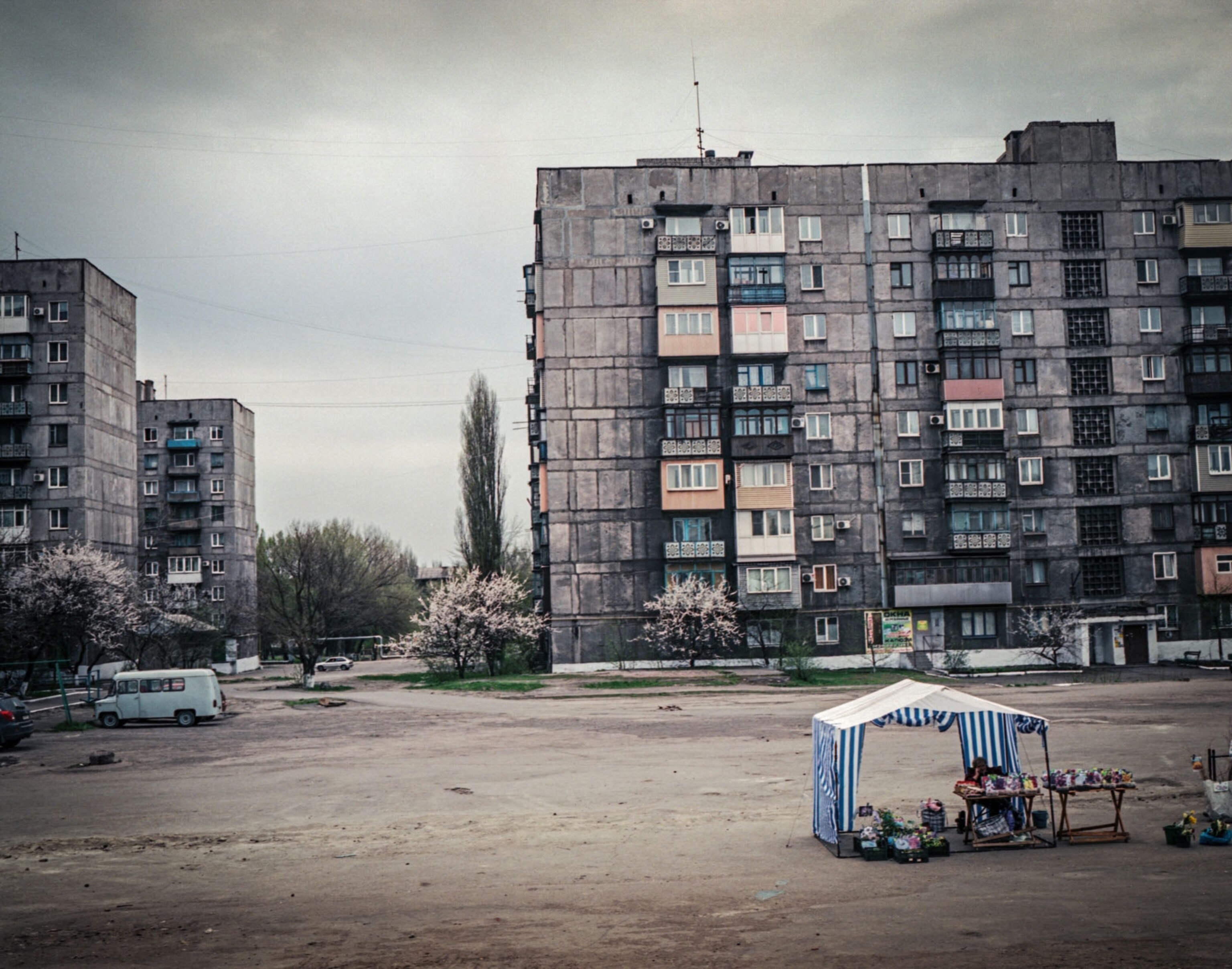
She conversed with the people she met in cities and towns along the river—Kiev, Kaniv, Dnipropetrovsk, Mariupol—as well as places in the heart of the conflict, such as Donetsk and Slavyansk, which have a direct impact on how the future will be shaped.
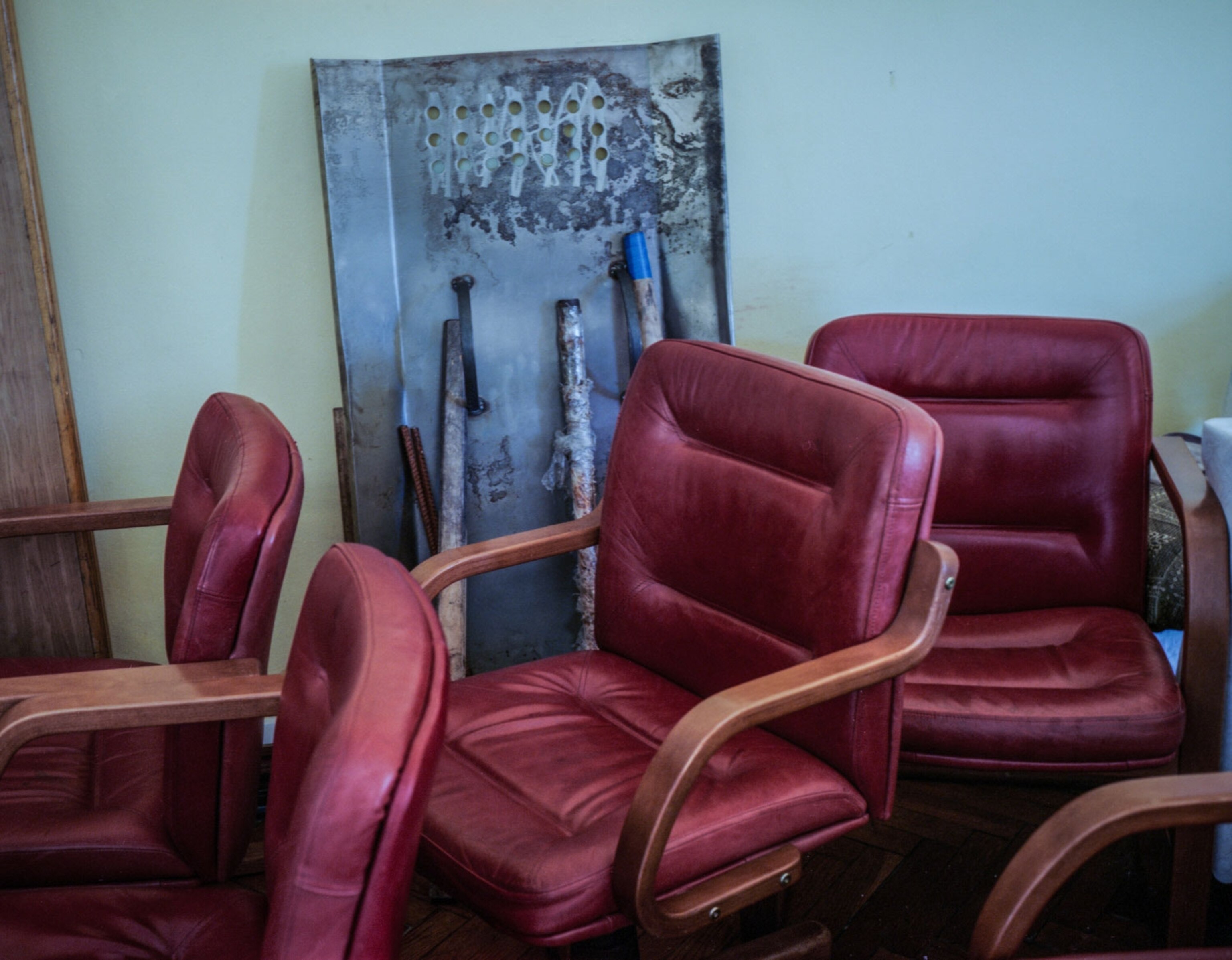
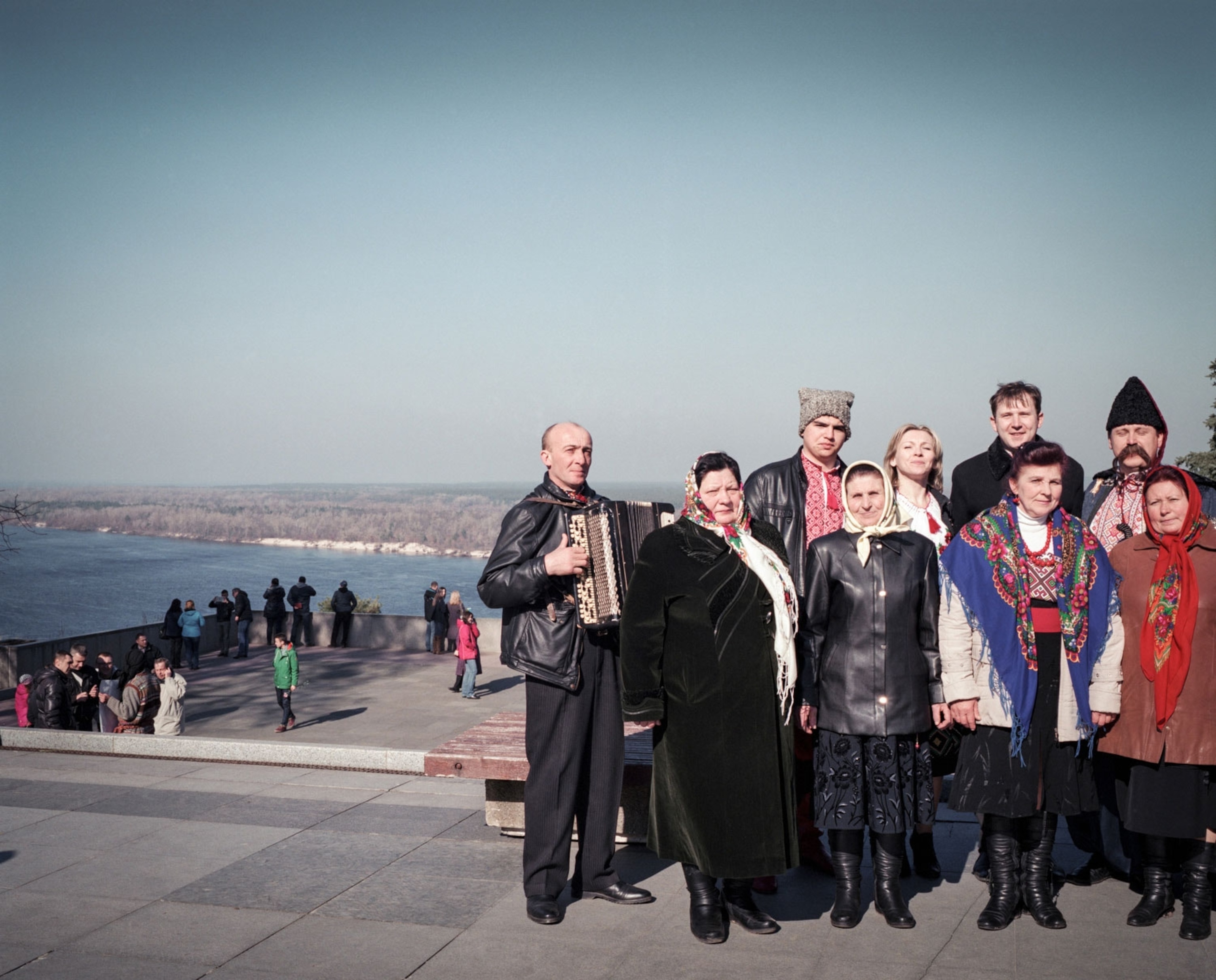
The stories she has gathered illustrate the complex patchwork of histories, ethnicities, and experiences that make up modern Ukraine, and Mielnikiewicz is careful to point out that the current struggles fall along different versions of history and statehood, rather than along ethnic lines. “While current politics, war, and people’s lives are changing rapidly,” she says, “the Ukrainian landscape and river remains rooted, untouched, and stronger than the current turmoil.”
You can see more of her work on her website.
Alexa Keefe is a senior photo editor for National Geographic.

